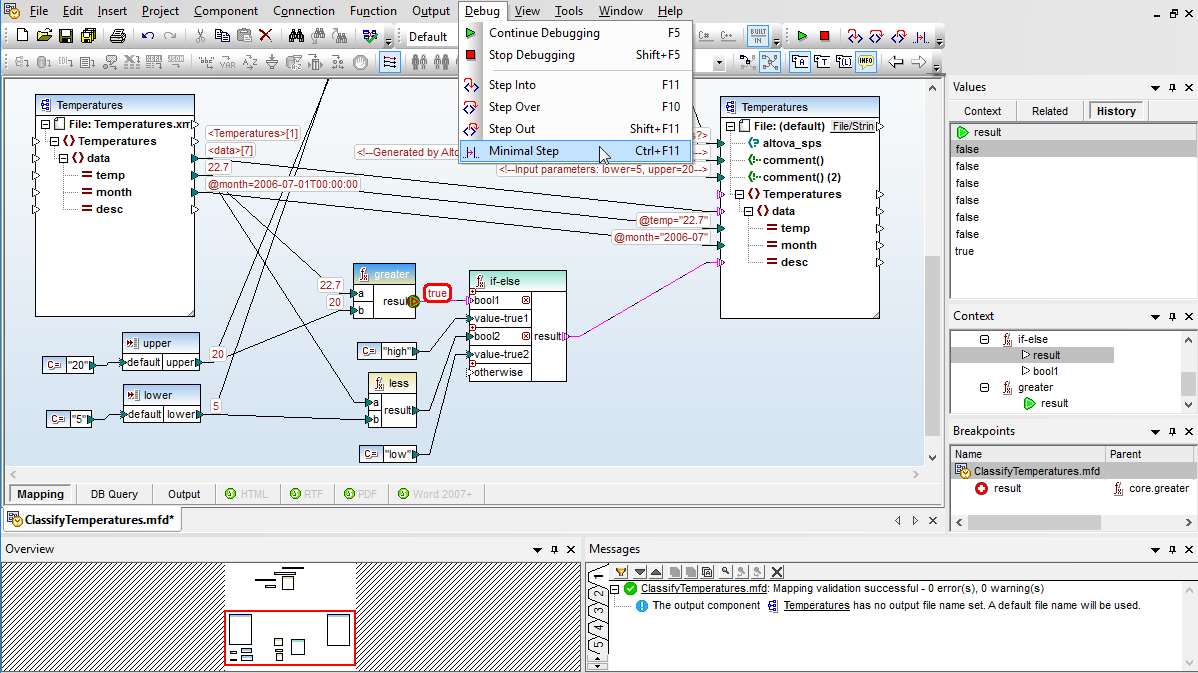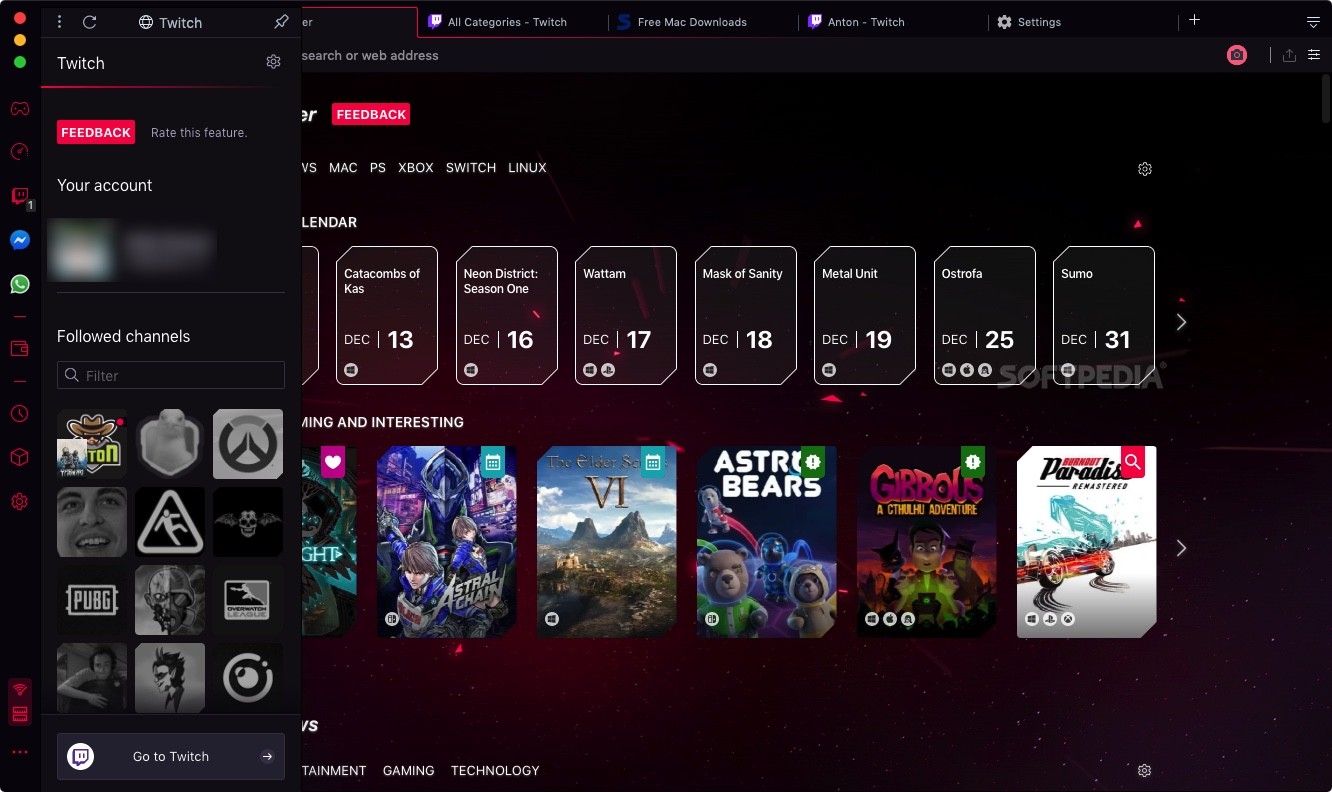
This said, MicMac was designed primarily as a tool for professionals and consequently is far from a model design in the sense of HCI 2. On top of that, developers and scientists can use MicMac as a library, implement their own algorithms, and share them for the benefit of photogrammetric community. An expert in photogrammetry can access any parameter at any processing step via a set of XML files (cf.

An experienced user can operate from the same command line by adapting the parameters typically filled with default values. The least experienced user can steer the processing by a simple command line where little or no parameters must be set. MicMac vis-à-vis other toolsįrom the architecture point of view, the unique feature of MicMac with respect to its alternatives is that the user can operate on different software levels, cf.
#Data mapping software for mac mac#
Besides the contributions to the source code, new software distributions under Windows, Mac OSX, as well as the GPU processing for certain tasks became available. Since 2010 MicMac has been undergoing a significant evolution due to its implication in many french and european projects. This evolution contributed to an improved accessibility, diffusion and subsequently a better visibility of the software in the scientific communities, and the general public. In 2010, the XML interface was replaced by a simplified command line.


In the same year the Apero tool was added to the sofware kernel, offering from now on the possibility to estimate camera exterior and interior orientations, with no restriction on the image format. Until 2008, the dense image matching of already oriented images was possible only with the IGN’s internal image file format.
#Data mapping software for mac license#
In 2007, IGN began to freely distribute MicMac under the CECILL-B license that is a version of the L-GPL license adapted to the french law. The independent tools were interfaced in 2005 via an XML framework, allowing the user to freely parametrize the calculations at all processing stages. Initially, the software tools were developed having in mind exclusively the IGN’s cartographic production. MicMac has been developed at the National Institute of Geographic and Forestry Information (IGN) and the National School of Geographic Sciences (ENSG), since 2003. This publication aims at familiarizing the reader with the philosophy behind MicMac, some of its crucial algorithmic aspects, the software architecture and the pool of available tools. MicMac – together with Bundler, PMVS, VisualSfM, openMVG, OpenCV and others – belongs to the open-source solutions 1. Īll this contributes to an ever growing visibility of the photogrammetric tools across various fields of science and engineering, the growing market interest, and subsequently a multitude of photogrammetric/computer vision libraries and software solutions, be it commercial or free/open-source.

The several milestones leading to this progress are the automated interest points detection, the Structure from Motion ( SfM) algorithms capable of reconstructing scenes from sets of unordered image collections, and the dense image matching techniques delivering surface models of resolution equal to the pixel size on the ground. Thanks to the field of computer vision, photogrammetry rejuvenated and today places among other competitive remote sensing techniques (e.g. It is instantaneous as it captures the observed phenomena at once and in a split second, and highly automated, therefore accessible to non-expert users. It is a cheap measurement methodology as it can be executed by practically any digital camera of a decent make. Photogrammetry is the art, science, and technology of obtaining geometric information on the 3-dimensional shape and orientation of objects from images and other imaging sensors.


 0 kommentar(er)
0 kommentar(er)
